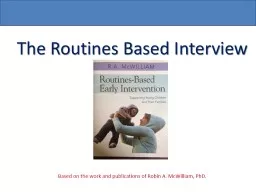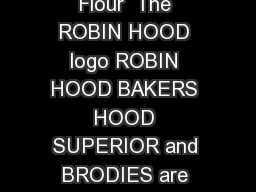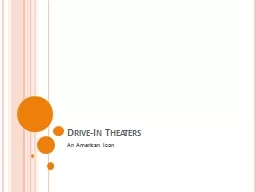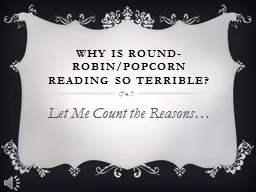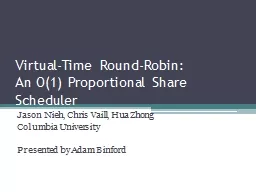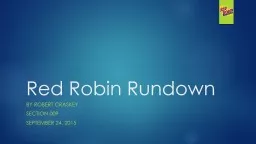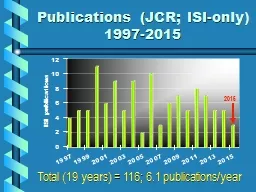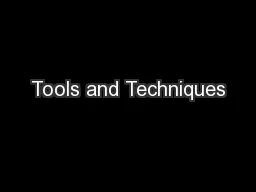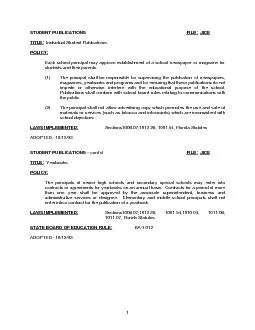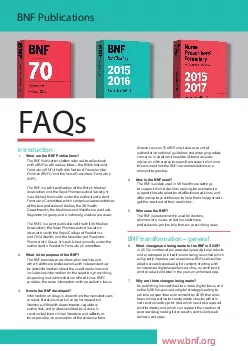PPT-Based on the work and publications of Robin A.
Author : giovanna-bartolotta | Published Date : 2019-12-05
Based on the work and publications of Robin A McWilliam PhD The Routines Based Interview Knowledge of how the EcoMap and RBI fits into the IFSP process Why RI has
Presentation Embed Code
Download Presentation
Download Presentation The PPT/PDF document "Based on the work and publications of Ro..." is the property of its rightful owner. Permission is granted to download and print the materials on this website for personal, non-commercial use only, and to display it on your personal computer provided you do not modify the materials and that you retain all copyright notices contained in the materials. By downloading content from our website, you accept the terms of this agreement.
Based on the work and publications of Robin A.: Transcript
Download Rules Of Document
"Based on the work and publications of Robin A."The content belongs to its owner. You may download and print it for personal use, without modification, and keep all copyright notices. By downloading, you agree to these terms.
Related Documents

